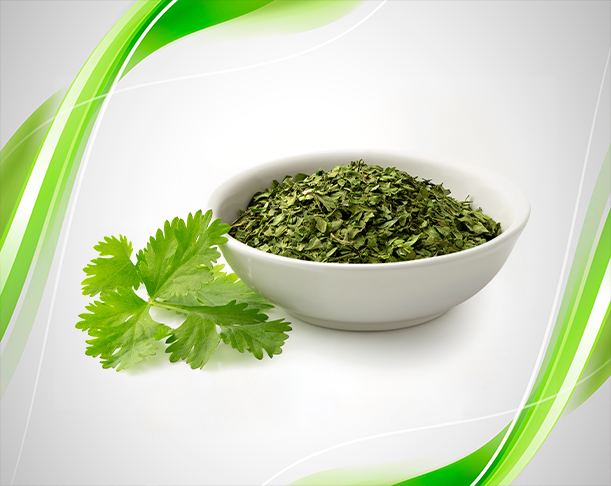CORIANDER
CORIANDER
|
Coriander Seeds |
Product Name |
|
Coriandrum sativum |
Latin Name |
|
Egypt |
Origin |
|
Coriander Leaves (Cilantro) – Seeds |
Product Forms |
|
Winter |
Season Crop |
|
Greenish Brown Leaf Particulates |
Color |
|
Characteristic, Light Sweet Spicy Aroma And Taste |
Flavor / Aroma |
|
Coriander Is a Soft Plant Growing to 50 Cm (20 In) Tall. The Leaves Are Variable in Shape, Broadly Lobed at The Base of the Plant, And Slender and Feathery Higher On the Flowering Stems. The Flowers Are Borne in Small Umbels, White or Very Pale Pink, Asymmetrical, With The Petals Pointing Away from The Center of the Umbel Longer (5–6 Mm or 0.20–0.24 In) Than Those Pointing Toward It (Only 1–3 Mm or 0.039–0.118 In Long). The Fruit Is A Globular, Dry Schizocarp 3–5 Mm (0.12–0.20 In) In Diameter |
General Description |
|
Product Description: Seed ASTA Quality seeds 98% Quality – Powder. |
Specifications |

